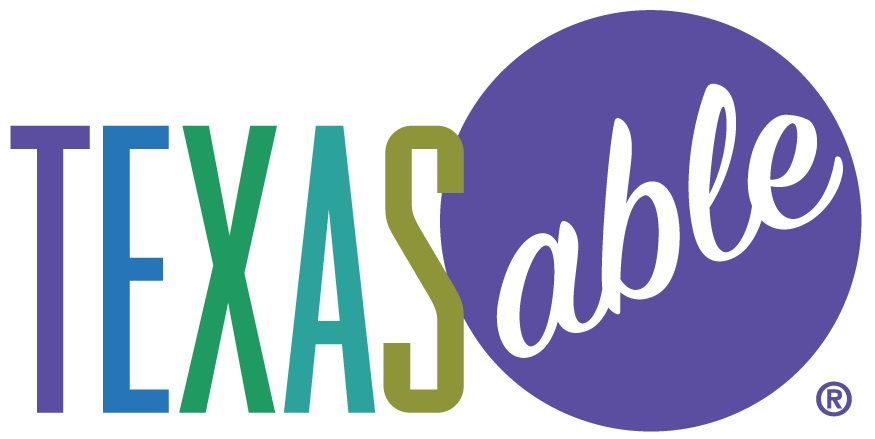Tax Reporting
What You Need to Know
Contributions to an Account are made with after-tax dollars. Earnings on investments, if any, accumulate on a tax-deferred basis while in an Account. Qualified Withdrawals are exempt from federal income tax if they are used to pay for the Designated Beneficiary’s Qualified Disability Expenses. Qualified Disability Expenses are any expenses that (1) are incurred at a time when the Designated Beneficiary is an Eligible Individual, (2) relate to the blindness or disability of the Designated Beneficiary, and (3) are for the benefit of the Designated Beneficiary in maintaining or improving his or her health, independence, or quality of life. The earnings portion, if any, of Non-Qualified Withdrawals is generally subject to federal income tax and an additional 10% tax penalty.
For any year in which there is a withdrawal from an Account, the Program will provide Form 1099-QA to the IRS and Designated Beneficiary. This form will set forth the total amount of the withdrawal and identify the earnings and contribution portions of any withdrawals.
Effective for contributions to an ABLE account made by the Designated Beneficiary on or after January 1, 2018, and before January 1, 2026, the Designated Beneficiary of the account may be able to claim a non-refundable Saver’s Credit in contributions depending on your adjusted gross income. The Designated Beneficiary of the ABLE account must be age 18 or older, not a full-time student, and not claimed as a dependent on another person’s return.
Note: The expansion of the Saver’s Credit to ABLE accounts was passed by U.S. Congress and was signed into law by the President of the United States on December 22, 2017. The information presented is based on a good faith interpretation of the statutory language. If, and when, material updates become available we will update this website and the Program Disclosure Statement. Please consult with your tax advisor for more information.
